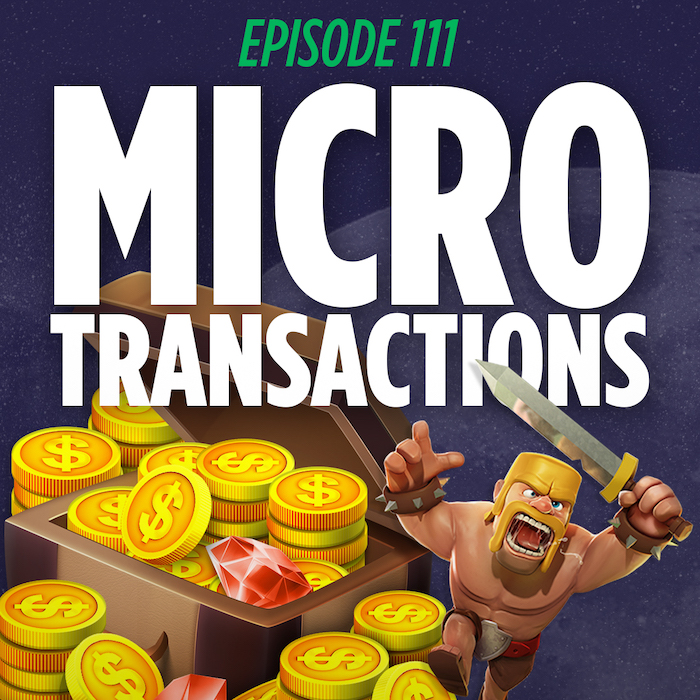Video games have long been a joyous escape for many throughout the world. Few other outlets provide people with the same expanse of experiences as that of gaming. However, the profit timelines for game developers have always been a dicey issue. Due to long development time and short sales windows, game developers are often left with many months straight without a profit. Microtransactions were born to combat this reality. If used well, the feature could provide added benefits to both gamers and developers. Unfortunately, they have not been used well, and the effects are beginning to be felt across the industry.
Microtransactions Explained
Simply put, microtransactions are a profit-generating mechanism for the video game industry. The system is not unique to video games. It is, however, far more prevalent in gaming than in any other form. Companies introduced the concept to help mitigate the long time horizons between releases of new video games.
Within games, developers added players to purchase additional content at low fees. Most of the time, this content is cosmetic, meaning it does not affect the game’s outcome (clothing, armor, etc.). On the other hand, some games have introduced purchasable goods that affect the game and one’s ability to win in the game. Players have given these games the tongue-in-cheek nickname “Free to play, pay to win” since most games employing this tactic are initially free.
The History
Players found the earliest rendition of microtransactions in the early ’90s. For example, double Dragon 3, an arcade game, would prompt players to insert additional coins at various points throughout the game to unlock special items. Players in North America hated this. However, players in Japan seemed to accept the idea. So, it took off in Japanese-based games through the early 2000s. Games like Maple Story and Dungeon Fighter Online were the forerunners of the microtransaction revolution.
Then came The Elder Scrolls Oblivion. In 2006, the developers released golden armor for the player’s horse for $5. The armor, however, did not affect whatsoever on the game. An item was being sold in a game for purely cosmetic purposes for the first time. This move was met with stark criticism. Even still, the armor sold well, and developers worldwide took note.
Shortly after the Oblivion horse armor fiasco, the iPhone was born. Naturally, game developers hurried to the new platform in hopes of releasing a successful title. However, the developers knew that few users would pay the typical $60 price tag for a mobile game. So instead, mobile game developers adopted the microtransaction model, and it was to the races for the microtransaction hellscape that we live in today.
The Effect of Microtransactions
One might think, “What’s the big deal? So what if a game developer wants to make a little more cash off their products.” The effects of microtransactions are wide-reaching, and they stretch far outside the games in which the models are used.
There is a noticeable effect of the change within the games. Companies are becoming more and more committed to addicting their users and training them to continue to come back and spend more time and money on their platforms. Take, for example, Fortnite. The game was released five years ago; a virtual millennium as far as digital content is concerned. Yet, it still attracts millions every single day. These companies use sleazy tactics to keep players coming back repeatedly.
Beyond the corruption of the game itself, these developers are causing actual world harm to people. Mobile game developers pursue players they refer to as “whales.” These are players that will spend thousands a month on the game. Companies attempt to hook these “whales” and keep them spending. The sad truth is many of these players are spending money they do not have and racking up debts.
The Effects on Kids
Many have argued that these games target children and employ the same strategies that casinos do to foster a gambling addiction. The currency is given a strange new name in the game and is offered at a confusing exchange rate. Virtual slot machines are used to purchase in-game goods, so players need to continue to try to get the item they want, rather than just buying the item they want directly. Sound effects, music, and lighting cues are all used to trigger dopamine hits at the perfect times.
Furthermore, cosmetics are now being used to draw a dividing line between the haves and the have nots in the virtual world. Children are now on record using a new derogatory term, “Default,” against kids who don’t have the money to purchase new in-game items and have to dress in the default attire.
Conclusion
Microtransactions are a scourge on the history of gaming. If the issue is not resolved soon, it will all but destroy the entire medium and reduce it to a cash-grabbing virtual mini-mall. But, the downfall of gaming is not all that is at stake here. Children are being targeted and are being groomed for gambling addictions. All the while, new forms of bullying are being created by corporations doing little to curb it. The profit structure is problematic and must be stopped.
Things I Learned Last Night is an educational comedy podcast where best friends Jaron Myers and Tim Stone talk about random topics and have fun all along the way. If you like learning, and laughing a whole lot while you do, then you’ll love TILLN. Watch or listen to this episode right now!
Sources
Related Episodes
Tell Us What You Think of This Content!
Don’t forget to share with your friends!

